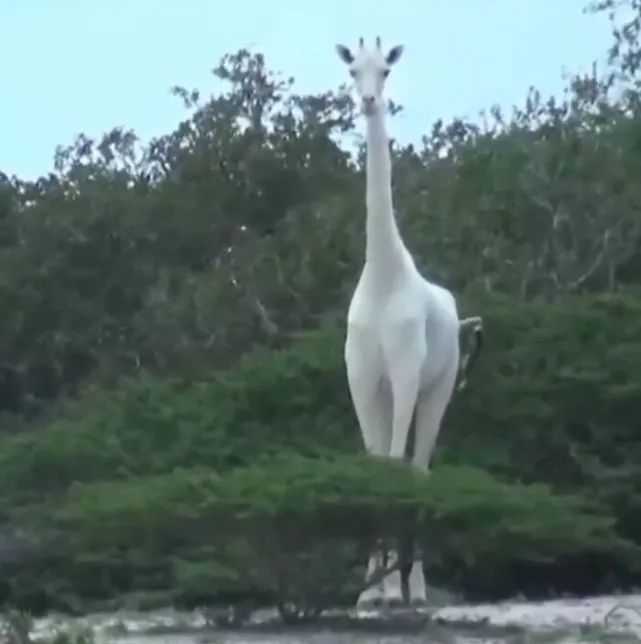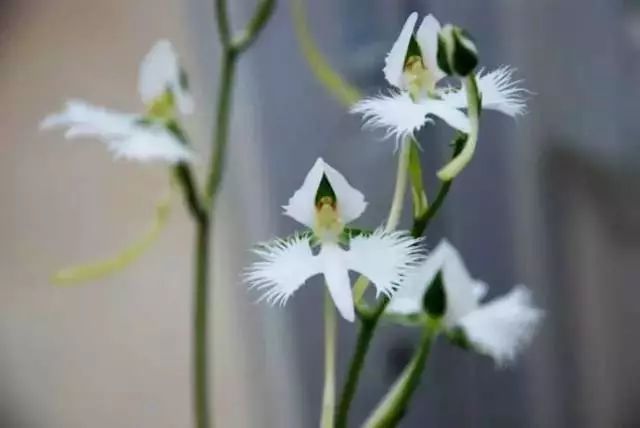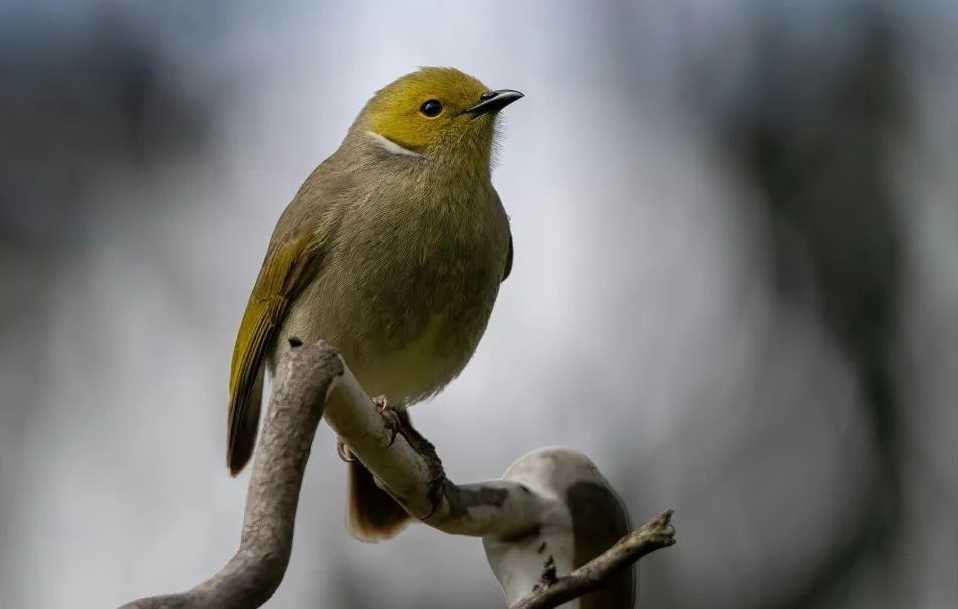Search for information
Rare White Giraffes Spotted in Kenyan Conservancy: A Glimpse of Nature’s Ethereal MarvelIn a stunning wildlife encounter, conservationists and visitors to Kenya’s Ishaqbini Hirola Conservancy have recently witnessed the rare sight of white giraffes roaming the arid landscapes. These majestic creatures, believed to suffer from leucism—a condition causing partial loss of skin pigmentation—stand out against the golden savannah with their snow-white hides, a stark contrast to the typical tan - spotted coat of their peers.
June 20, 2025, 3:53 pm EDT
Rare White Giraffes Spotted in Kenyan Conservancy: A Glimpse of Nature’s Ethereal Marvel

Genetic Anomaly vs. Albino: Understanding the Difference
Conservation Challenges and Cultural Significance

Another U.S. high-tech company, IBM, pulls out of China and lays off thousands of employees
Another U.S. high-tech company, IBM, pulls out of China and lays off thousands of employeesmore

Exquisite Phalaenopsis: The Orchid that Captivates the World
Phalaenopsis, commonly known as the Moth Orchid, is one of the most beloved orchid genera worldwide, celebrated for its elegant blooms and remarkable adaptability. Native to tropical and subtropical regions of Asia, from India to the Philippines and Australia, these epiphytic plants have become a symbol of beauty in horticulture, gracing homes, gardens, and floral arrangements with their timeless charm.more

Industrial Robotics: Japan’s Dominance and the Global Race for Technological Leadership
As the world hurtles toward an automated future, industrial robotics has emerged as a pivotal sector expected to drive global growth over the next five decades. At the heart of this revolution lies Japan, a nation that has secured a commanding lead in robotic technology, with its firms dominating both the market and key technical innovations.more

The Ethereal Egret Flower: Nature's Graceful Avian - Inspired Bloom
The Egret Flower, scientifically known as Habenaria radiata, is a captivating orchid species that has long intrigued botanists and nature enthusiasts with its unique and striking appearance. Native to East Asia, this delicate plant is renowned for its uncanny resemblance to a snowy white egret in flight.more

The Enchanting White-naped Honeyeater: A Jewel of Australasian Forests
The White-naped Honeyeater (Melithreptus lunatus), a vibrant and agile bird native to Australasia, charms observers with its striking plumage and vital role in forest ecosystems. Found in the lush woodlands and eucalyptus forests of Australia and New Guinea, this species is a testament to the rich diversity of honeyeater birds, renowned for their specialized nectar-feeding habits.more

Exploring the Rich Tapestry of Brazilian Cuisine: Three Must-Try Traditional Dishes
Brazil's culinary landscape is a vibrant fusion of flavors, cultures, and traditions, reflecting the country's diverse heritage. From the sizzling grills of churrascarias to the comforting warmth of home-cooked meals, each dish tells a story. Here are three iconic Brazilian foods that showcase the heart and soul of this culinary-rich nation.more

Aquatic Birds: Masters of the Open Water
Aquatic birds, or waterfowl, have evolved to thrive in expansive water bodies such as reservoirs, rivers, and lakes. These avian species have adapted unique physical features and feeding strategies, enabling them to exploit the rich resources of their aquatic habitats.more


